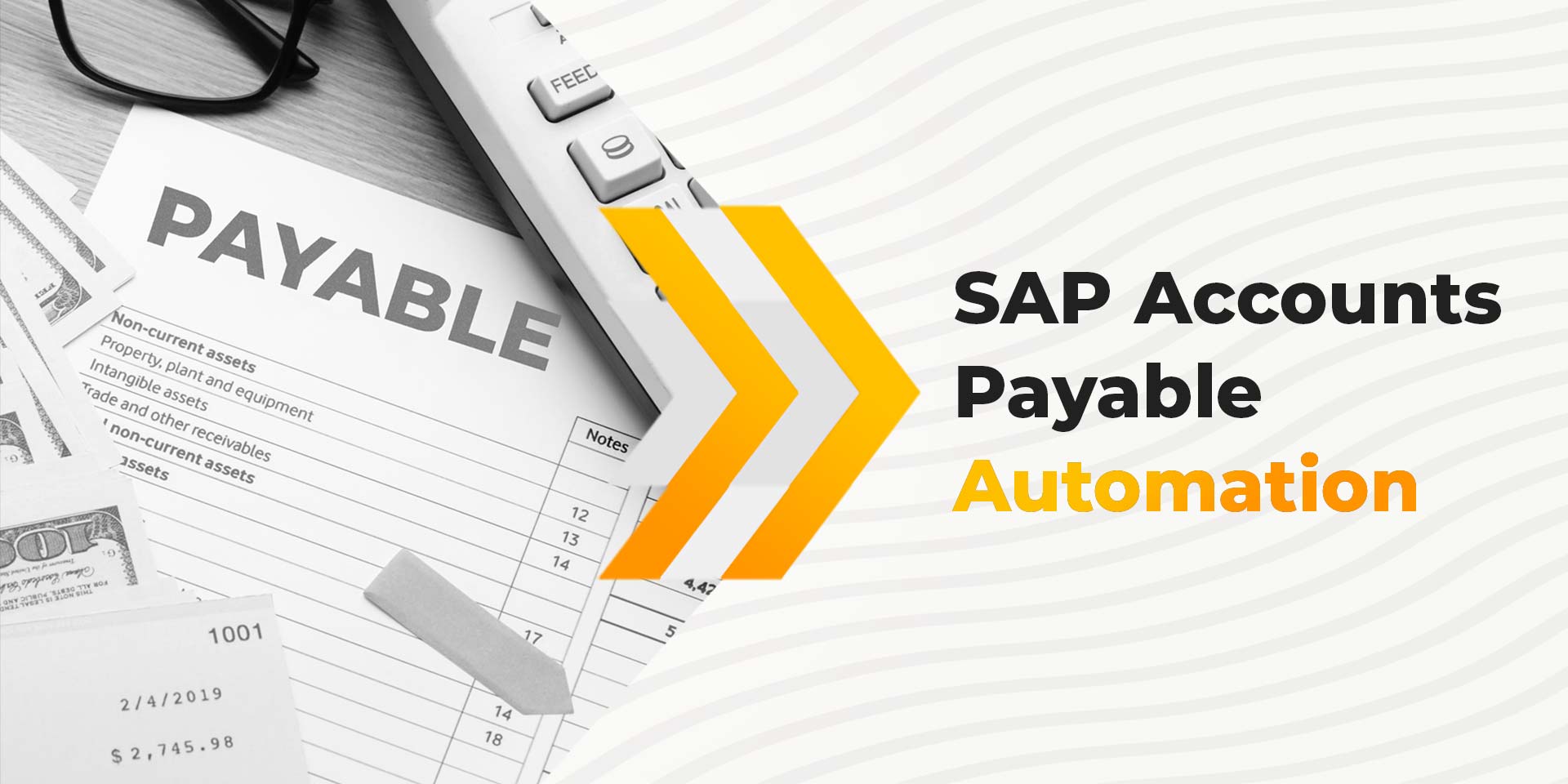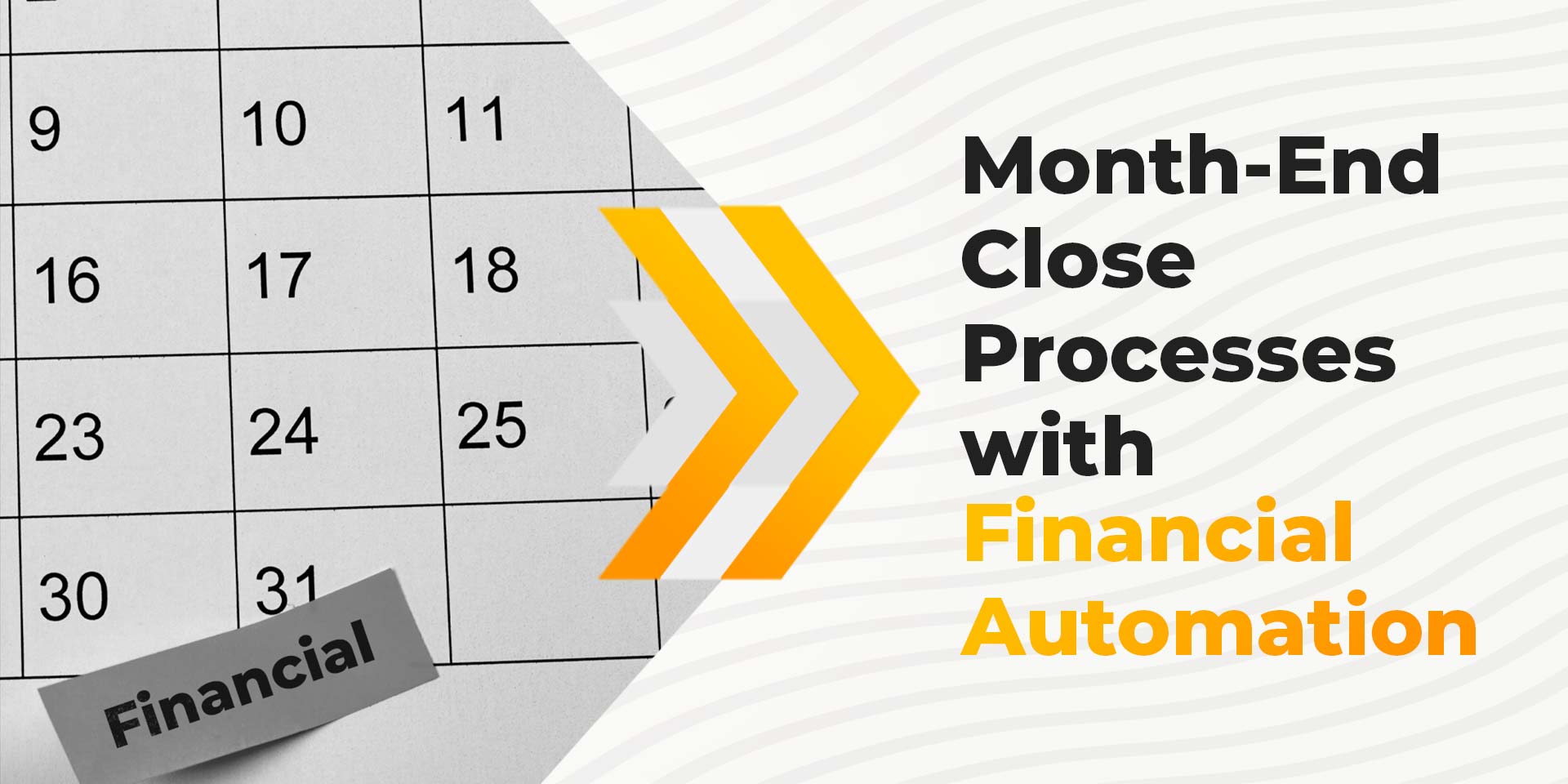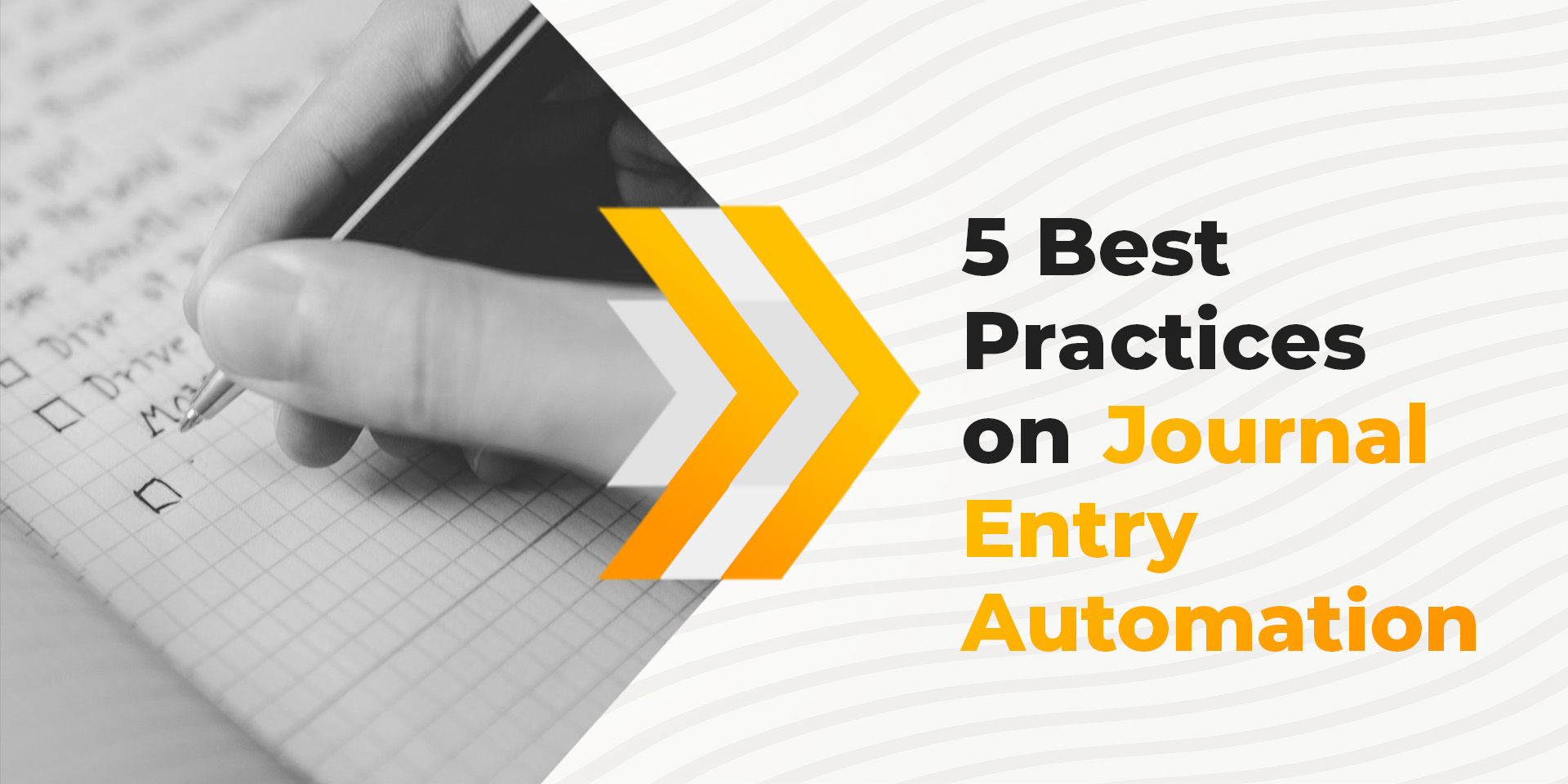Accounting
Make Financial Close Hassle Free with Automation


- What is Financial Close?
- Why Automation is Key for Financial Close?
- What are Month-End Procedures?
- How Long Does a Month-End Close Take?
- Phases of a Financial Close
- Key challenges in achieving a clean Financial Close
- Best Practices for a Month-End Close Process
What is Financial Close?
A recurring process in Finance and Accounting that takes place every month/quarter/year. Close process is the series of activities accounting teams must monitor, perform and review, to produce timely, accurate and complete financial statements and related reporting.
A successful and streamlined Financial Close results in an accurate financial reporting of the company’s status and its subsequent financial stability to its management and sometimes to its other stakeholders. Financial Analysts, Investors, Board Members, Financial partners, lenders, etc. comprise the majority of the stakeholders for whom this reporting is of prime significance.
Why Automation is Key for Financial Close?
As a Financial Close offers the exact and concise financial health and stability of a company, it is very essential that this process is not compromised in any way.
Most of the companies have been performing this quintessential process in the last 5 -8 days of every fiscal period. Such a rushed up performance, if accuracy and quality are uncompromised and if the stress levels on the accountants are sub-optimal, that would define a successful Financial Close. But in reality this is not always the case. With rushing up as the designated period ends, that ensues in panic and stress amongst the accountants and many a times, quality is compromised upon resulting in financial reports that the less accurate. Inaccurate reports are the most dreaded consequence and may signify incompleteness of data projected. This would not portray the updated financial health of a company and would result in incomplete judgements and incorrect decisions by the higher management. Not to mention the credibility loss amongst the shareholders.
Optimizing the month-end close will get financial numbers into the hands of leadership sooner to assist with timely analyses and smarter decision-making. Other reasons to optimize include better discipline, better structure, improved controls, more visibility and reduced risk.
What are Month-End Procedures?
While traditionally a lot of the heavy lifting is done during a few peak days, the month-end close process is ongoing throughout the month as transactions are recorded in various systems. Before reporting, accounting must capture, review and make adjustments to data from disparate sources, which often include a primary ERP, other ERPs, sub-ledgers, banks, point-of-sale systems and many others.
How Long Does a Month-End Close Take?
Each company is different, so it’s impossible to say how long your month-end close should take. Surveys and research over the years show the month-end process generally takes between 5-10 days.
However, over the past decade, with help from technology, the close has been getting faster. According to Ventana Research in 2019, “63% of participants indicated their organization completes its monthly close within six business days, up from 53% in 2014, with nearly half (46%) now closing within four business days (the previous rate was 29%).”
Phases of a Financial Close
- Transactions identification and accounting as a Journal
- Posting the transactions in the journal to the general ledger lying in the ERP system
- Performing reconciliations on all accounts
- Performing adjustments on journal entries to ensure a balanced ledger
- Preparing financial statements
- Carrying forward the balances made in order to close the books for that fiscal period
Key challenges in achieving a clean Financial Close
- Data from different sources and departments
- Time constraints
-
Redundant and monotonous tasks
Most of this transactions accounting, journal entries and ledger balancing prove to be nothing more than monotonous tasks, lacking the luster of challenges or scope for career enhancements. And many of the companies are still using spreadsheets to perform such redundant activities, which results in a great lack of interest amongst the accountants performing the same. The mundaneness along with the time constraints often result in human oversight and therefore erroneous data.
- Improper support resources
The accounting team has to manually collect data from different sources spread across different departments, sometimes maintained in different accounting systems. After this preliminary collation, they have to work at sorting the data, ensuring that every transaction has been recorded and working out the schematics. In case of any disruption in terms of incompleteness or discrepancies, the quality is directly affected.
As mentioned earlier, many companies performing this crucial process only in the final few days of each designated period leads to inaccuracies. Ideally, every transaction has to be recorded then and there in real time. Every payment must be a recorded payment. All the invoices have to be accounted for. And all this have to be performed as part of the business syncing in with the real time frame. Because of a rushed up schedule and insufficient planning, the process may not be as clean as desired.
In the case of companies which have adopted accounting software, there is still a wide lag in the availability of proper support. For the accounting software to have a proper handshake amongst different accounting systems, for easy future scalability without much pressure on infrastructure and for undisrupted migration when the accounting systems migrate, the software chosen should be robust enough and be stable enough to still achieve accuracy in the financial close process. It becomes the need of the hour to choose the right accounting automation solution for the problems at hand depending on the volume of business.
Best Practices for a Month-End Close Process
When thinking about best practices for the month-end close, you may want to ask yourself these three questions about your month-end close process
- Do I have sufficient visibility into the entire month-end close process?
- Have we done all we can to mitigate risk?
- Am I paying highly trained professionals to perform remedial tasks?
If you identify challenges based on those questions, you may want to implement some of these month-end close best practices.
- Real time accounts rendition
- Automate all redundant, monotonous tasks
-
Make data accessible and simplified
- Define a proper Close plan
Bringing in the practice of a real time rendition of every transaction, invoice or journal entry would greatly help in a streamlined accounting process. Every transaction, then and there have to be recorded, every invoice accounted for, every asset classified and included in the transactions, even petty cash dealings accounted for by miscellaneous Journal entries recordings. Today’s Accounting Automation market offers a plethora of solutions each attempting to crack one or many of the above.
Invoice recordings, Transaction entries in ledgers, Journal entries rendering, etc. are some common functions which can be automated end to end with a human in the loop validation feature. When such monotonous activity is automated, the burden on the accountants is reduced and they are free to explore other avenues in their potential. On the other hand, automated business functions equates to fewer manual errors, better judgements and hence better quality of functions. A streamlined Financial Close can be achieved.
In order to record transactions or reconcile accounts or any other business function in the entire Financial Close the most basic requirement is transparency of data. The accountants handling such business functions should have access to all important data at the click of a button. Ideally most companies still rely on the practice of emails, wherein the accountants request for data from different departments and based on the time delay in which the information is passed upon from the other departments, their tasks are delayed. A solution connecting such disparate and disconnected systems amalgamated with automation would solve this problem and account for a faster and cleaner close.
The primary cause for a cluttered and rushed up Close is improper planning. It is not only a good practice but also mandatory to have a stable Financial Close plan. This way, real time accounting for of all transactions, invoices, etc. can be achieved in a very timely manner. Reconciliations can be done periodically instead of the end of the designated period. Risk and mitigation plans can be pre-defined and updated periodically which would give no chance for any emergent situation disrupting the Close.
If you want to understand how SmartFinance & BeezLabs can help implement the same kindly refer to the following link SmartFinance | Journal Entry Automation (beezlabs.com)
















